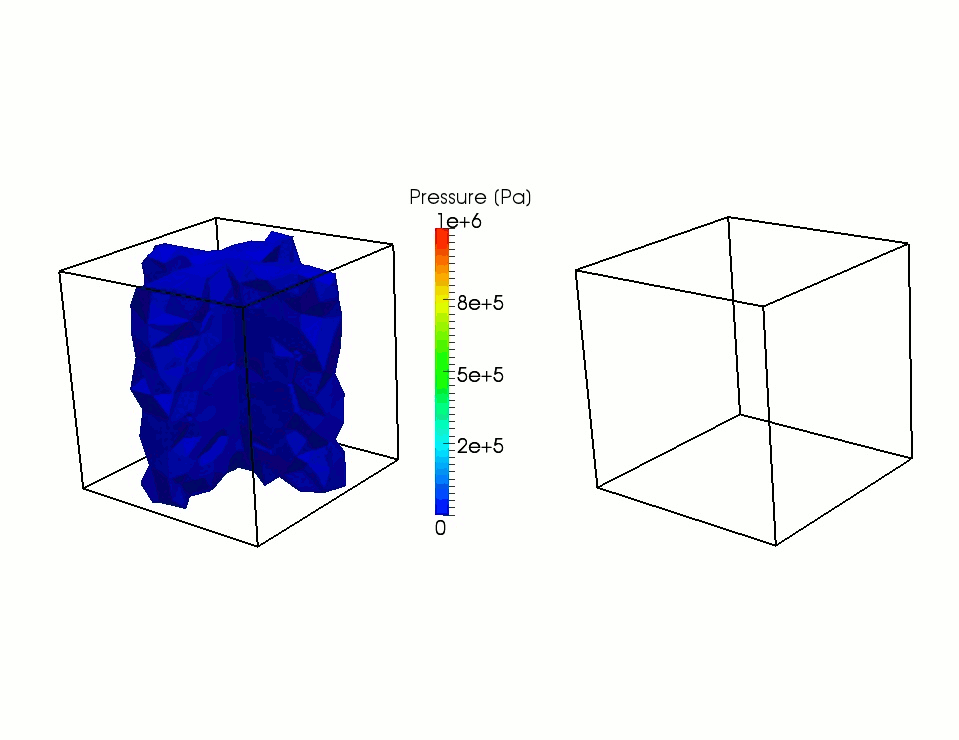Multi-Scale Hydrogeomechanics
The HGM team conducts interdisciplinary research concerned with the use and management of the surface and sub-surface environment, with a strong focus on the safety of underground structures. Applications address local and national socio-economic issues, including geotechnics, environmental protection, and the surface and sub-surface storage of waste, CO2 and H2.
The originality of the team’s work lies in addressing these issues from the points of view of hydrodynamics and transfer mechanisms, as well as from a poro-mechanics perspective.
The team undertakes fundamental research in the hydrogeomechanics of porous and fractured media, through the use of laboratory and in-situ experimentation, academic developments, physical and numerical modelling and data analyses.
These developments require collaboration in what have traditionally been isolated fields: geomechanics, hydrodynamics, mineralogy, biochemistry and chemical physics.
A further difficulty in the development of such models is related to the incorporation of heterogeneities and multi-level complexities.
The construction of forecasting models requires a number of hydro-geomechanical parameters that are not always measurable in-situ and cannot be easily extrapolated from in-laboratory experimental measurements. Integration of the influence of environmental micro-structural characteristics using effective upscaling methods is required, and it is therefore important to advance both our understanding of poro-mechanical behaviour and the description of coupled transfer processes in porous environments.
Our research focuses on answering the following major scientific questions:
- How can microstructural information be taken into account in the development of coupled behaviour models?
- How can we characterise the influence of fluid-reactivity from its hydrogeomechanical properties?
- How can heterogeneities and fractures be incorporated into large-scale, coupled models?

